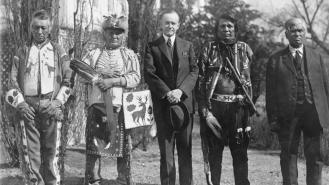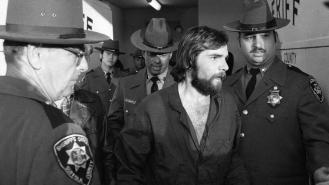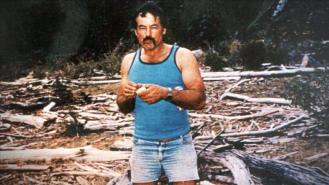
3 crime stories that inspired horror films
We all love a chilling horror film — it’s often our guiltiest pleasure and we don’t like to admit it. Although many people think that these terrifying flicks are exaggerated myths, many of the stories have actually been inspired by true crime.
If you’re prepared to not see some of your favourite movies in the same light after reading this article, continue. But if you wish to believe that they’re far-fetched tales, turn away.
Written by Robert Bloch, Psycho is one of the most popular films around today — even though it was released in 1959. It went on to become one of the greatest horrors of all time and among Alfred Hitchcock’s most memorable productions. But, what was the truth behind the creepy Norman Bates?
Psycho (1960)
Many believe that Bates was based on Ed Gein, also known at the ‘Butcher of Plainfield’. He carried out a series of murders and had a fixation on his own mother. The grim truth about Gein only came to light in 1957, following the suspicious disappearance of Bernice Worden — who was later found gutted inside Gein’s house of horrors. Alongside Worden’s body was furniture made from human skin and bones, body parts from another victim and clothing items that Gein had made from human flesh.
But Gein didn’t just inspire Psycho, other horrors adopted his brutality such as The Texas Chainsaw Massacre — who’s main character wore a human face mask!
The Amityville Horror (2005)
If you haven’t heard of The Amityville Horror, the story is about a married couple who move to a new home in Amityville village, located on Long Island in New York. However, they soon discover that it has an unsettling history. And, there is some creepy truth behind the horror.
George and Kathy Lutz decided to leave their new dream home in 1976 as they felt was a very strong supernatural force present. George claimed the reasons behind him leaving were 'because of our concern for our own personal safety as a family'.
In 1974, six members of the DeFoe family were shot dead at the same address by one of the sons who lived there too. Although he initially claimed that he found the bodies in the locked house, he was later convicted of the murders, declared mentally ill but not legally insane.
There has been a lot of speculation around the story, with many members of the Lutz family admitting some exaggeration around their claims.Many court cases have also followed in an attempt to find the truth. Currently, though, the house has been entirely renovated and was bought most recently in 2017.
Wolf Creek (2005)
Directed by Greg McLean, this Australian horror film tells the story of three backpackers who are taken captive by Mick Taylor in the Australian outback. The movie is known to have taken inspiration by real life events though, such as the murder of Peter Falconio in 2001 and the backpacker murders of Ivan Milat.
On July 14th 2001, British tourists Peter Falconio and his girlfriend Joanne Lees were travelling down the Stuart Highway from Alice Springs towards Darwin. Setting off at around 7:30 pm, the two had been conscious of a vehicle that had been following them since they stopped at a roadhouse in Barrow Creek — expecting the driver to overtake them.
Instead, the driver, who was later identified as Bradley John Murdoch, pulled alongside them and explained that there were sparks coming out of their exhaust. Falconio and Murdoch walked to the back of their camper to investigate, Lees had moved to the driver’s seat to rev the engine where she heard a loud bang. Moments later, Murdoch appeared at the window with a silver gun.
Murdoch then climbed into the van, secured her hands behind her back with cable ties but fought against the tying of her feet and taping of her mouth. As a result, she was then dragged into Murdoch’s Toyota 4WD but escaped when he was supposedly getting rid of her boyfriend’s body, which has never been found to this day. Lees hid for hours and reports that he passed her around three times when searching for her, but once she was certain that he left the scene, she was able to stop a road train driver at 12:35 am who transported her back to Barrow Creek.
It wasn’t until December of 2005 where Murdoch was found guilty by a jury in a unanimous verdict and was sentenced to life imprisonment with a non-parole period of 28 years. The enquiry has been described as ‘one of the most exhaustive police investigations ever seen in Australia’.







